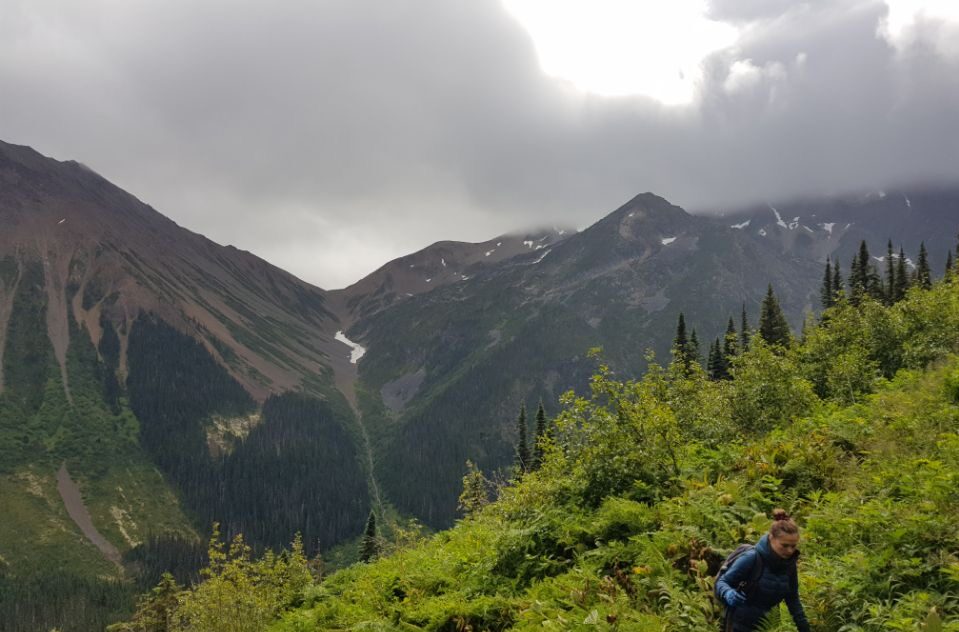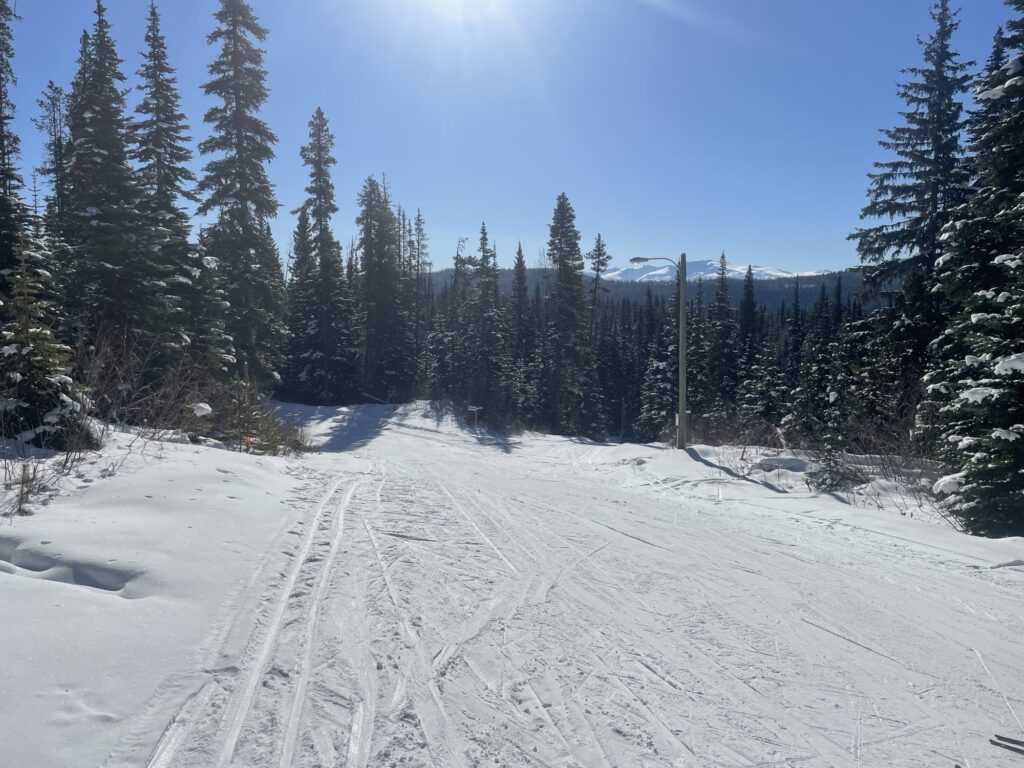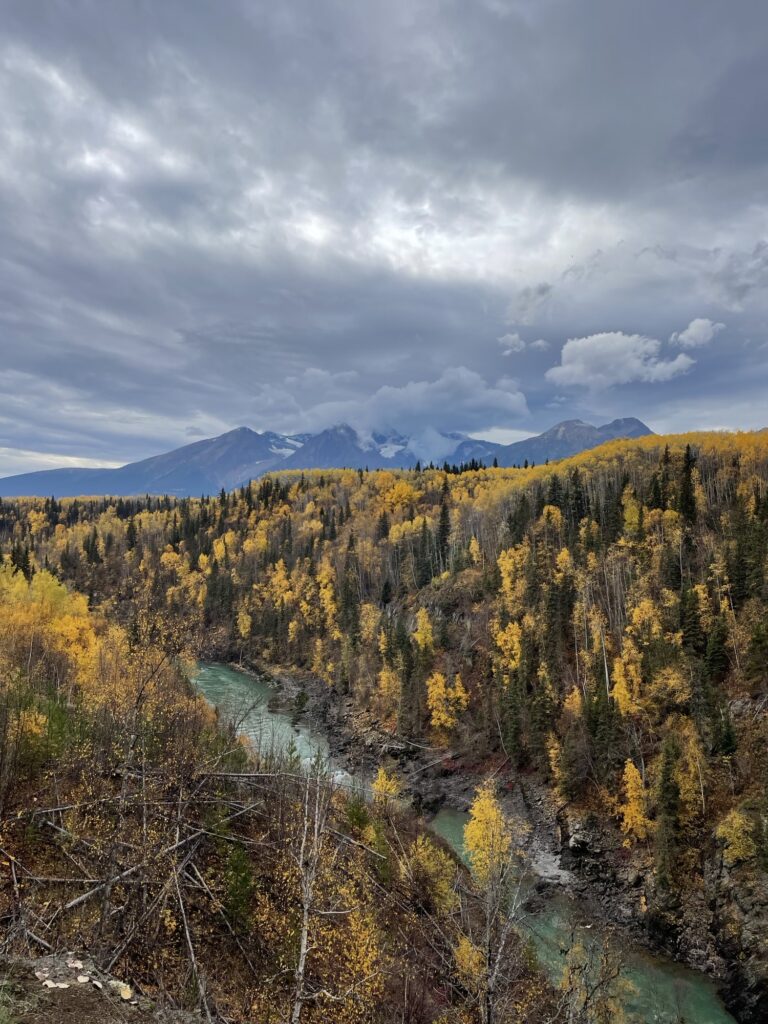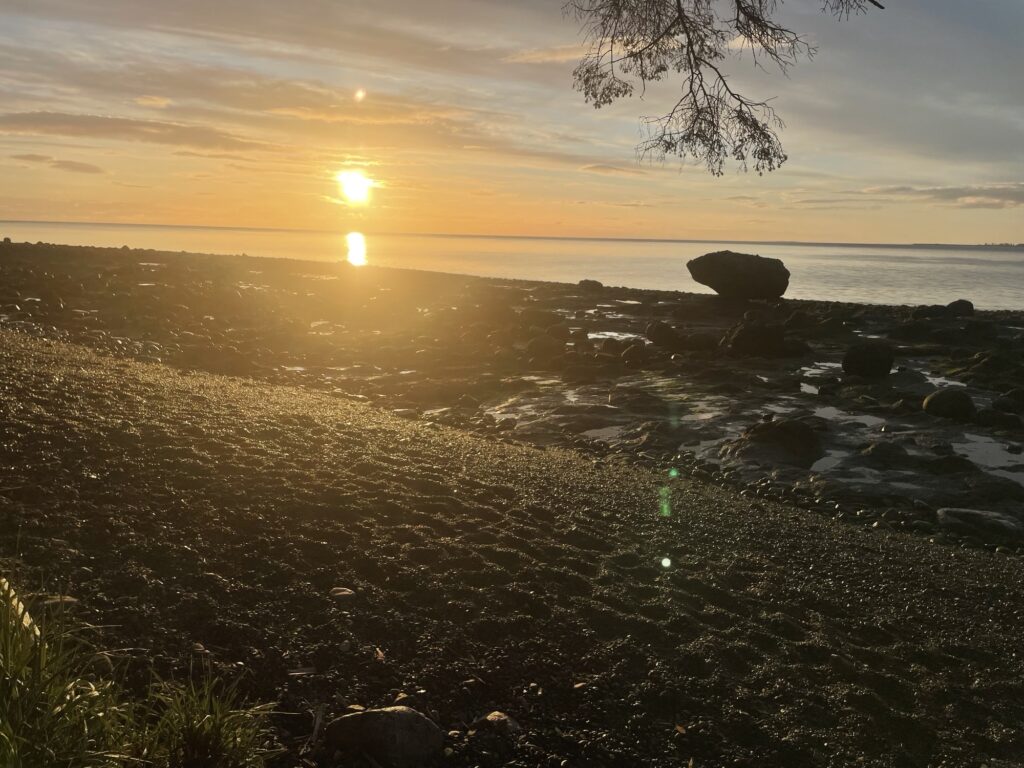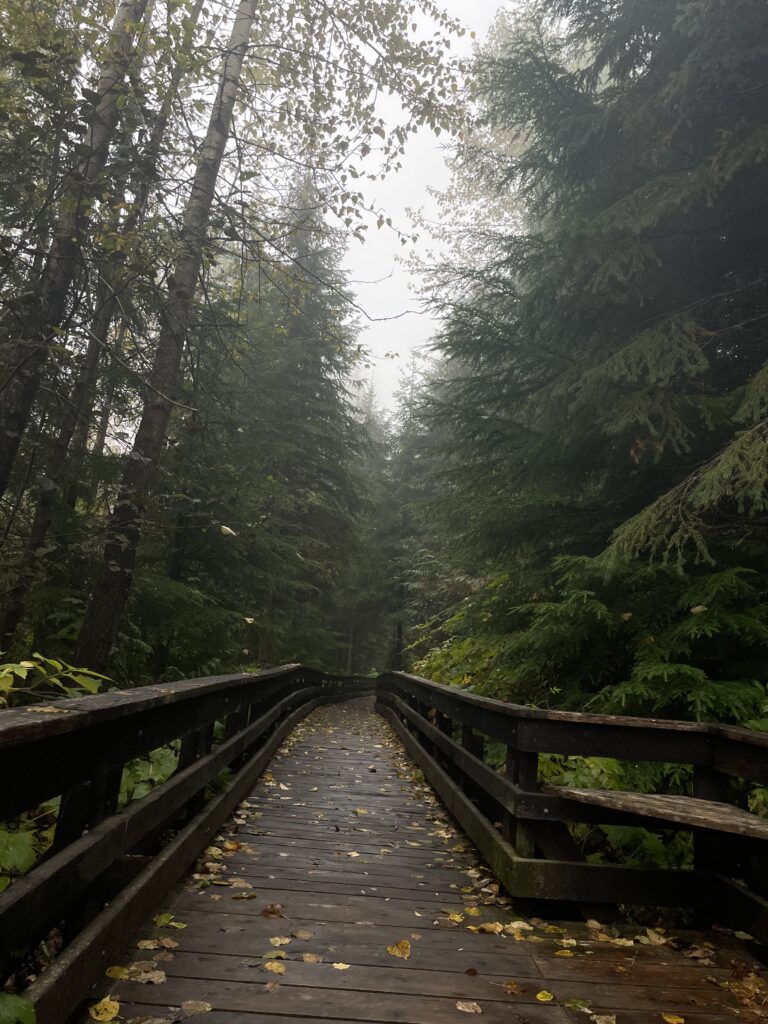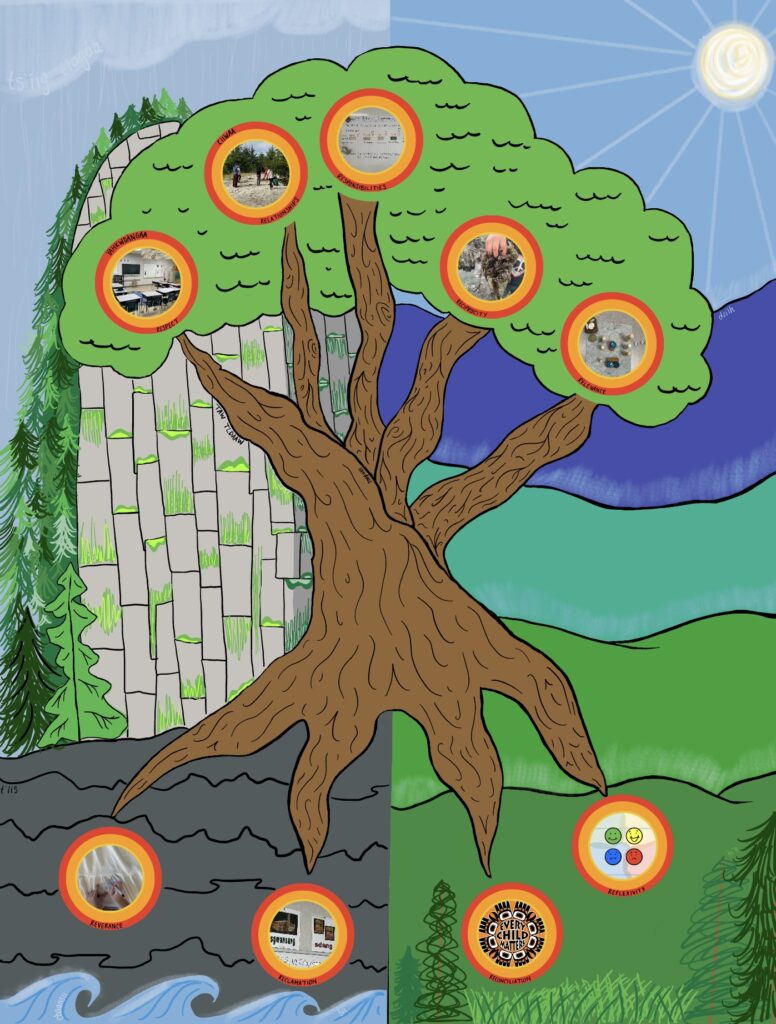Art Around the World
Introductory Lesson
This was a unit I taught in Haida Gwaii in a Grade 4/5 class during my 490 Formative Practicum. This unit and associated resources could easily be catered to fit any grade level.
I walked into the classroom and noticed a map labelled with all of the places that students were interested in visiting. I wanted to bring students’ interests into the unit as an access point for them.
For the introductory lesson, I placed six different pieces of chart paper around the room with one art piece from each of the places around the world at the centre of the chart paper. The following questions were included on the chart paper.
1.) What do you notice? (shapes, colors, textures)
2.) What does this art remind you of? (places, other types of art)
3.) How does this art make you feel?
Each student was given a different colored marker and circulated the room to answer the various questions at each station. While students were making their rounds, they were having awesome conversations with each other and with me about the different pieces of art. This was a great opportunity for formative assessment.
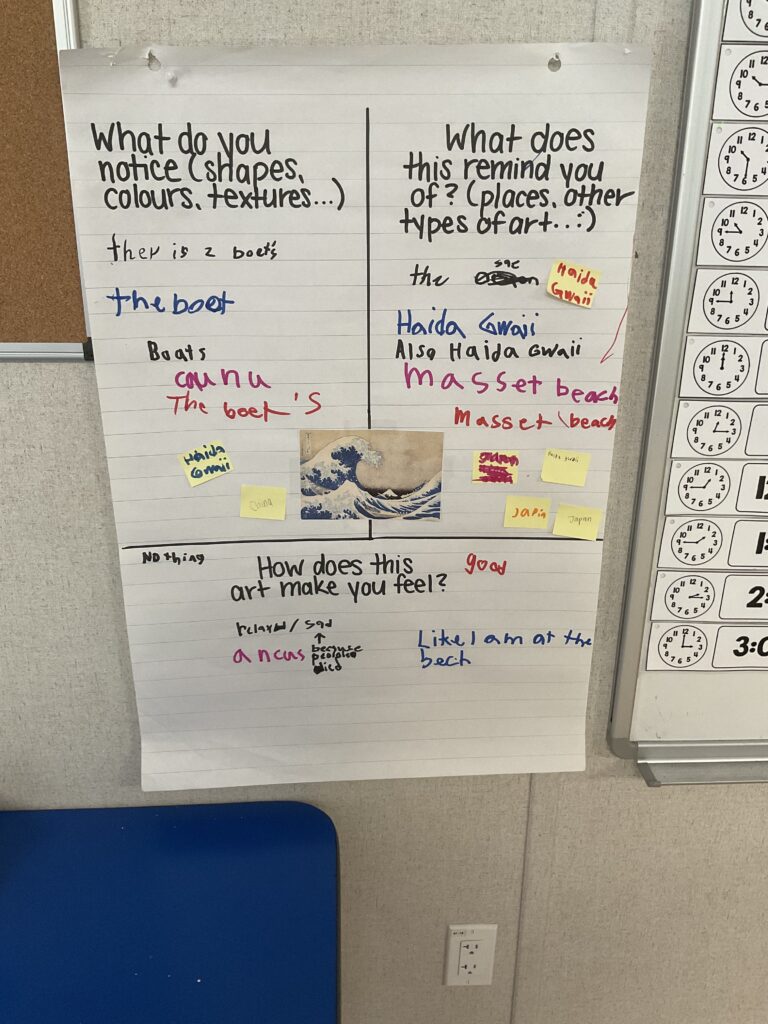
After students were done answering the questions, I gave them all sticky notes told them to make a guess for which part of the world each art piece was from. For students who struggled with writing, I would go around with them, they would tell me their guesses, I would write it down and give them the sticky notes to attach to the chart paper.
After all of the guesses were made, we gathered together to talk about each art piece we looked and why the art reminded them of the places that they guessed. Students were really excited to see how close their guesses were once the locations were revealed.
To conclude, I asked students, “Why do you think I chose these locations?” They made a few different guesses and then they made the connection to the world map in the room and were excited to start the unit.
Reflection: Overall the lesson went all. Students were engaged and responded well to the hands-on and experiential activity. Students were apprehensive at first because the activity did not involve physically doing art, but they came around and could see why we were learning about the content in this way. Going about the lesson in this way allowed for students to make valuable connections to other areas of art, experiences outside of school and was cross-curricular in many ways, but specifically with socials and geography. The conversations students were having with me and with each other provided great entry points for relationship building and for learning about students’ interests. Students in this class know a lot and love to learn about geography which was a great and unexpected hook for this lesson. Originally I had planned for each student or group to spend about 5 minutes at each station. Throughout the lesson I adapted to having students move freely around the room. This allowed for students to revisit a particular station and build off their peers’ ideas. This tweak was a success because of the class size (only 8 learners were present). If I were to do this lesson with a larger group, timed rotations may be needed. The flow is very dependent on the class.
The main way in which the Professional Standards were modelled during this lesson was the relationship building piece and making sure that students felt heard and comfortable with their answers. With art there are very different perspectives and thoughts going around so creating a safe space for that was essential. I felt like I adapted well to students’ responses to the art. When students thought the art was “dumb” or they did not like it I asked them to dig deeper and think why it made them feel that way and that those feelings were valid. In my practice I want students to be able to feel however they want and be in a safe space where they can explore those feelings and experiences.
Where We Went and What We Made
Japan – Origami Balloons
Australia – Traditional Dot Art
Pakistan – Abstract Art
Assessment
I find art extremely difficult to assess as it is very subjective and individualistic. To go with the theme of Art Around the World, I made passports for the students to reflect on their work. They had the option to draw or write to fill in the boxes. Below are photos of what the passports looked like. Students had to complete their artwork and fill in their passports in order to get a stamp to indicate completion.


I really loved this unit and look forward to incorporating this into my practice again especially the passport component. This supplemented formative assessment very well.
Haaw’aa for reading and I hope this page is helpful.
